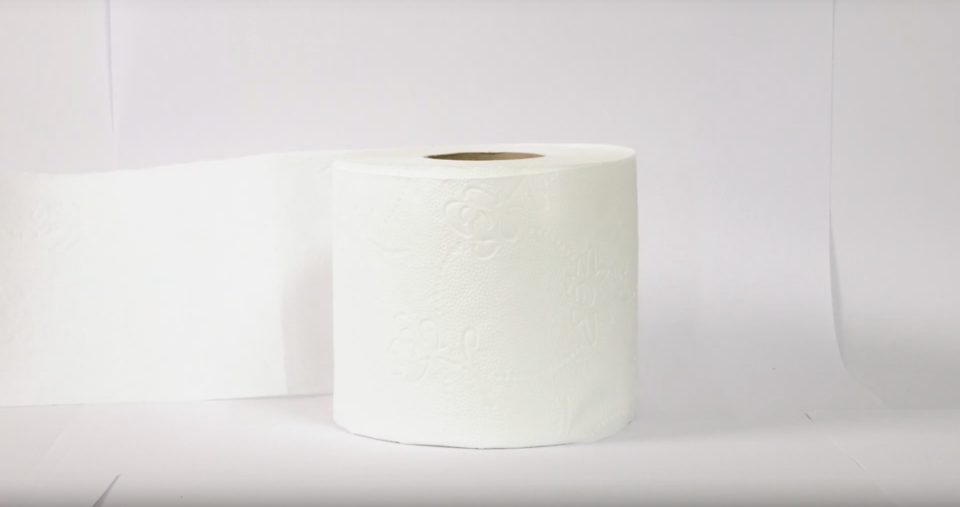Going Blended: Why should I try it?
Is “Blended Education” just another buzzword or is it here to stay? As much as it seems like a trend, it is making its way to become the standard at TU Delft. But, why is it worth giving blending a try?
The past year has, without a doubt, required a lot from lecturers and students. As exciting as Blended Education sounds to some lecturers, for many this term implies additional effort: “What is Blended Education anyway and how is it different from other educational methods? Do I have to quit giving lectures if I go blended? How should I get started or find the time to go blended?” Maybe you have asked yourself similar questions.
What are we blending?
Blending your education means designing and facilitating a combination of online/offline, synchronous/asynchronous, and many more various learning activities that fit the specific context of your course, where you consider the learning journey of your students.
Is there a magic formula?
The truth is, since blending your education is highly context-dependent, there is no magic formula how to blend your lecture or course. It will take time to prepare the content and trial-and-error on what works for you and your students. By going blended, you will reap the benefits in the long run though: higher student engagement, save more time the following years due potentially (re)using your own and existing materials, and have higher quality interactions with your students.
What makes it exciting?
Changing education is overwhelming for everyone regardless of the available support. What makes going blended exciting, though, is that it creates the space to explore different ways of education while creating a (student) community surrounding a topic. Taking a blended approach offers additional opportunities to experiment together with your students and colleagues by gathering feedback and implementing it in your education right away. You can, for example, find out how to implement and take the most out of polling. Most importantly, going blended allows space to have fun with education. Some out-of-the-box examples are: setting up a talk-show in the Teaching Lab or transforming your course into a Mars expedition.
Available support and resources
There are various resources available! Contact your Faculty Blended Learning Developer for the possibilities to help you in this journey. If you want to give it a try, be aware that you are not alone, and no one expects perfection.
Feel free to start a journey of exploration and experimentation together with your students and colleagues and let yourself have fun doing so.
What do you think: isn’t that worth the try?
>>> Next in The Educator: Going Blended: How can I start using the blended approach?

